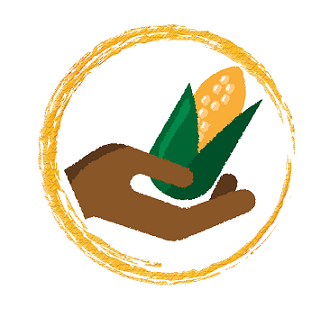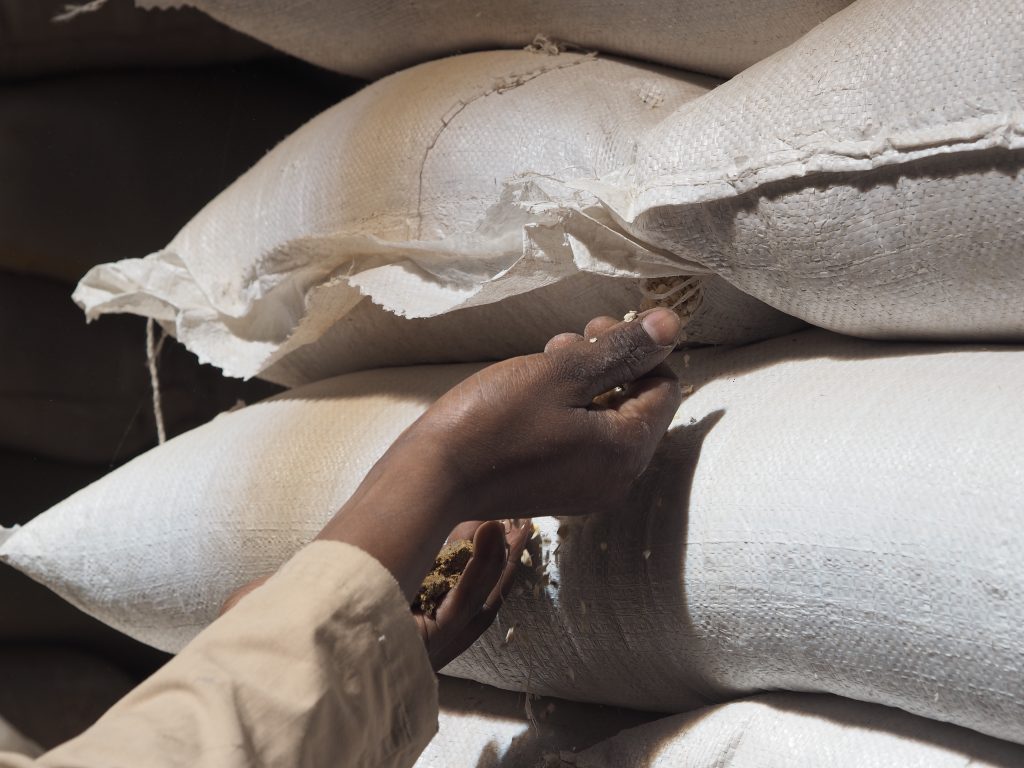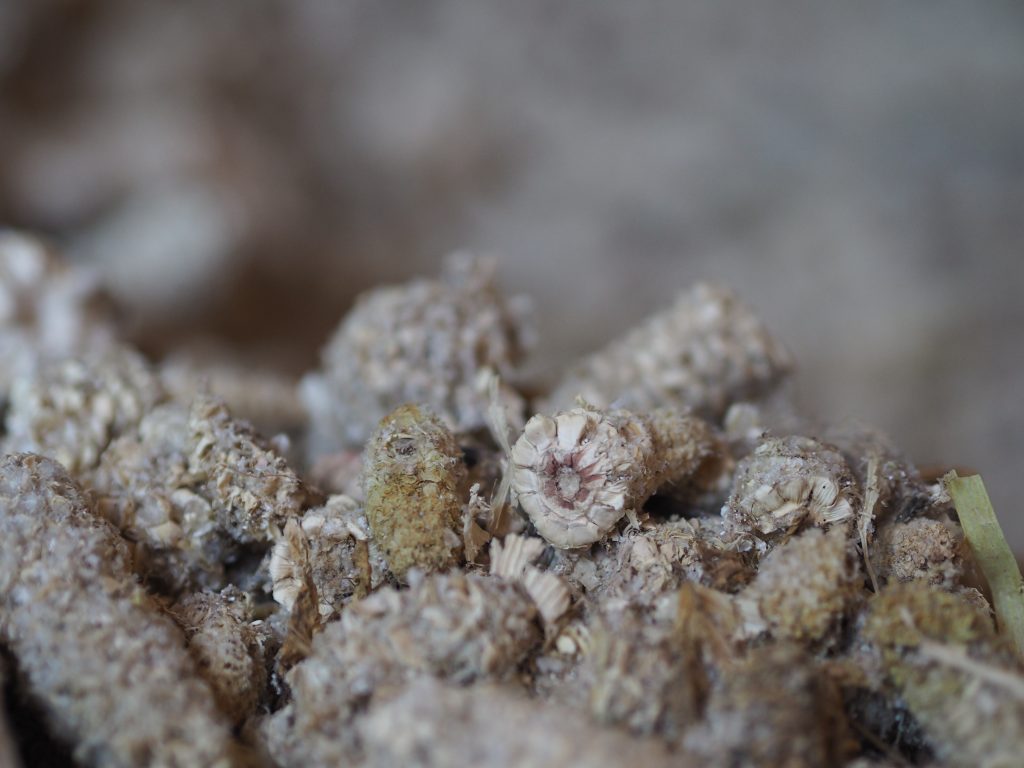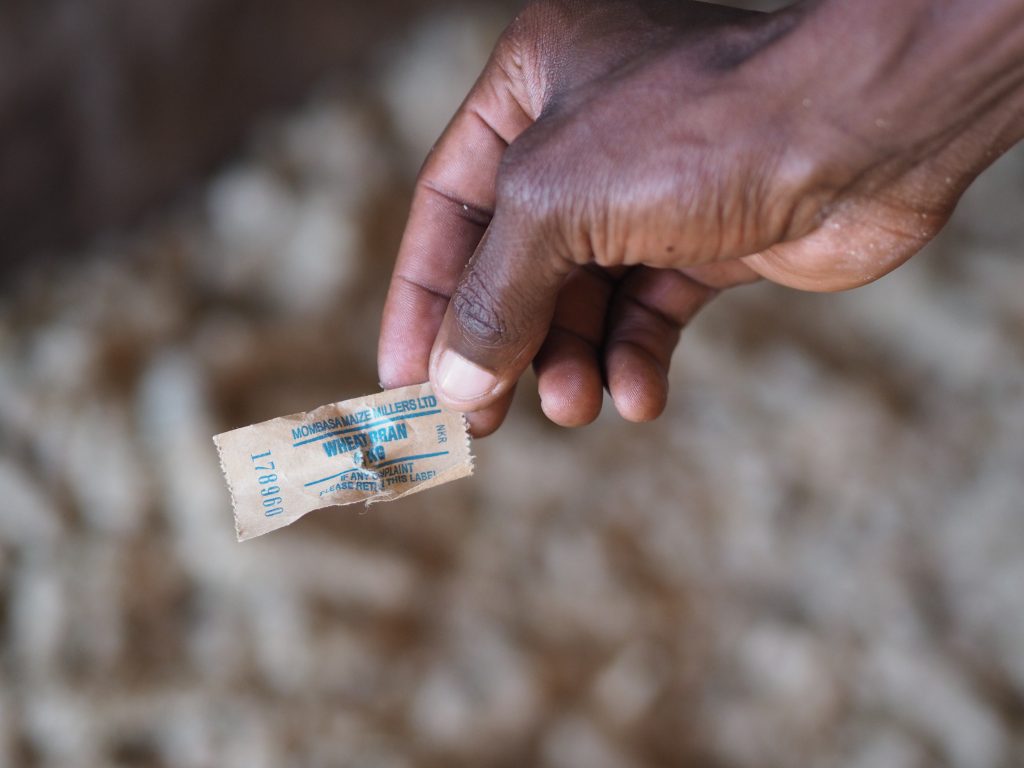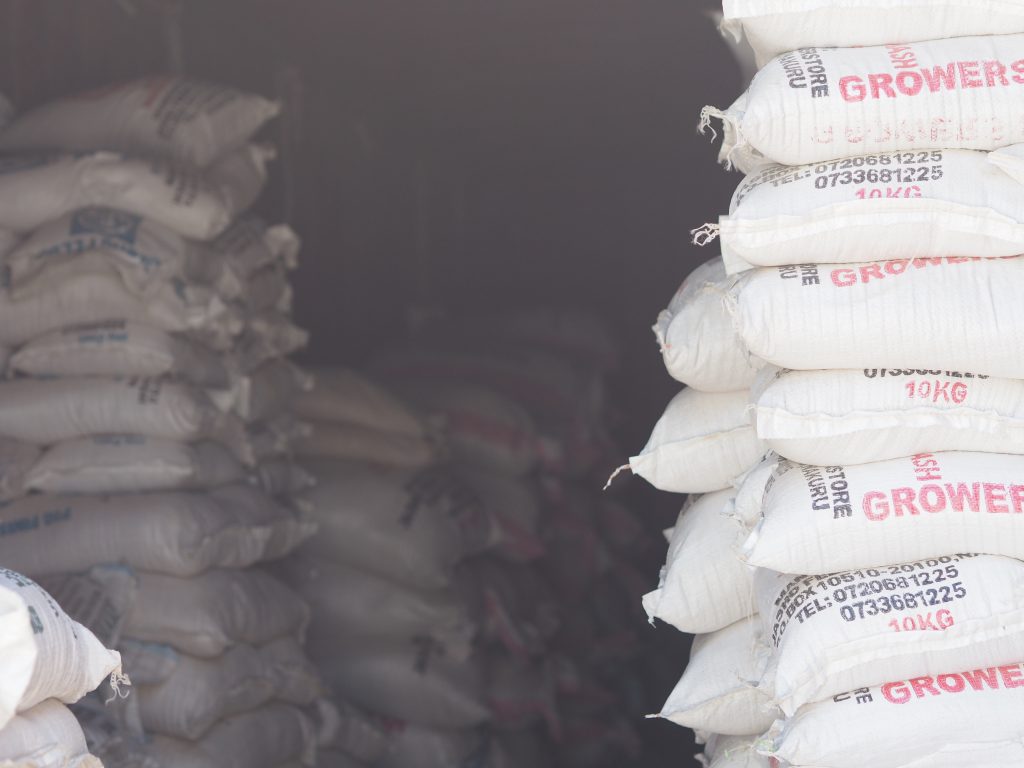
We visited small (and medium) scale feed producers and large international feed producer (manufacturer) to understand how the feed for livestock is produced and how they relate with other stakeholders as one of the important actor in the supply chain.
The large scale manufacturer had the modernised, automatic and systematic approach to produce their feed by making use of a variety of machines and efficient employee resources management. However, the manager in the large scale feed manufacture told us that they are struggling to find good sources of the raw feed materials which pass the quality standards defined by the government, even though they have the required channels with various suppliers from local small scale suppliers in Kenya to the large scale suppliers in Tanzania. This implies that there are many raw materials for feed which include aflatoxins in the market.
One of the interesting insights from the large scale manufacturers was that they had an internal laboratory which they use to test the quality of the final products in terms of Aflatoxin level by using the certified apparatus.
On the other hand, the small scale producer had two feed producing machines in the facility and they didn’t have access to testing equipment for quality for either the raw feed material or their final products. Since it was the first time for us visiting the feed producers, we got to understand the reality including the very basic knowledge in the field. For example that feeds are different for different animals and we realised that to have a clear image of of the supply chain we need to understand and see that feed producers are at the core of the solution.
